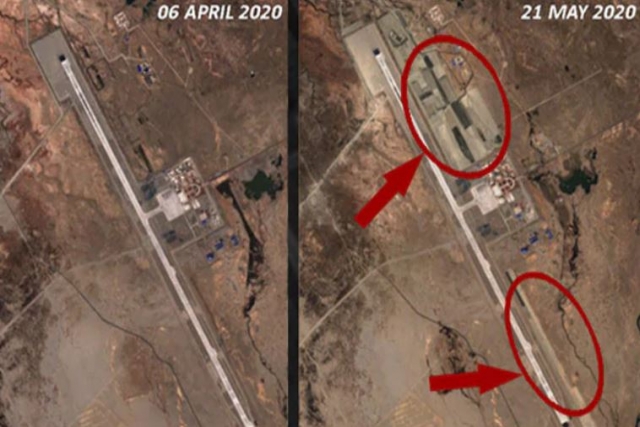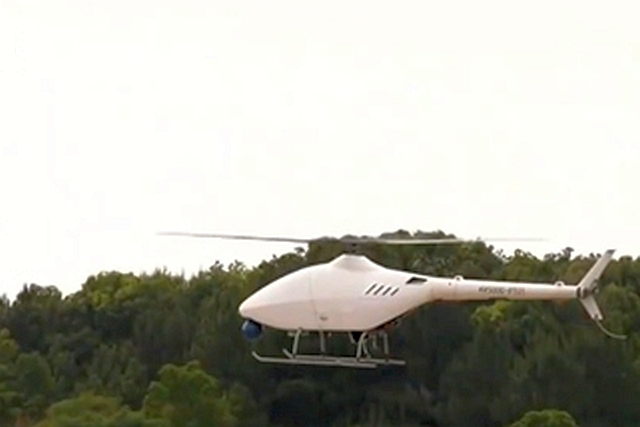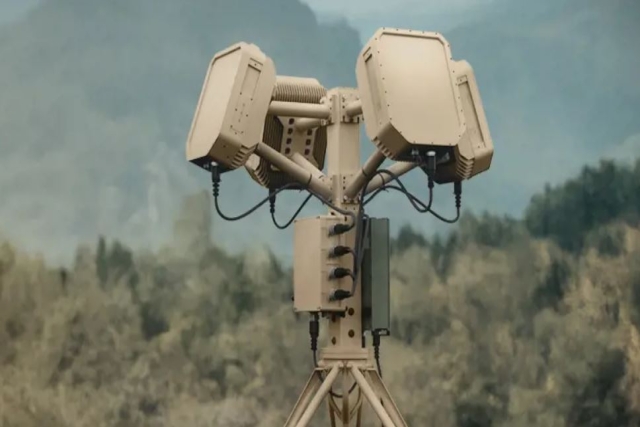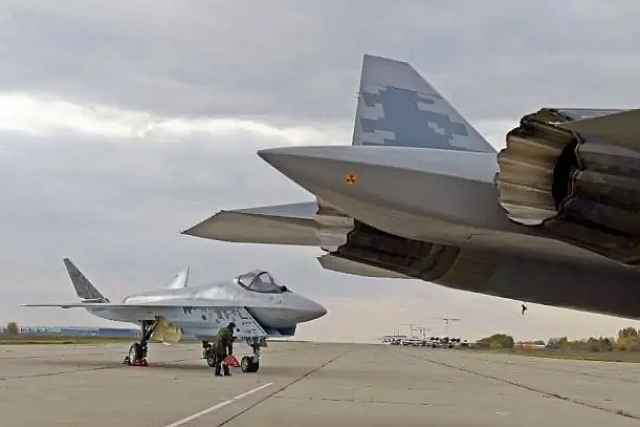India Bolsters Military Near Border with China, Situation Stable Says Beijing
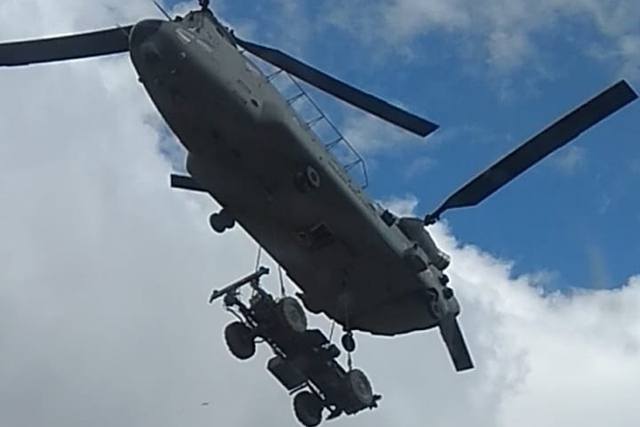
India appears to be fortifying its border with China by reinforcing military facilities besides deploying drones as Sino-India relations continue to sour.
Along the Line of Actual Control (LAC) in Ladakh, India is said to have inducted additional troops and surveillance drones. Indian Express (IE) reported that the army has increases its presence in Uttarakhand, where boundary with China lies.
“Deployment ahead of Harsil (Uttarakhand state) has been strengthened due to reports of Chinese beefing up their numbers in the opposite sector,” a senior officer was quoted as saying by IE Wednesday.
“Extensive physical patrolling of the area is very difficult because of the rough terrain sources said. UAVs provide regular updates on any Chinese movement along the LAC in Ladakh,” a source said.
An official told IE that reinforcements have already been provided to certain posts in Ladakh.
Last year, construction of India’s 255-km Darbuk-Shyok-Daulat Beg Oldie (DSDBO) road, running almost parallel to 3,488km-long LAC, was completed. The road provides easy access to Depsang and Galwan Valley areas, and ends at strategically important Karakoram Pass (located just few kilometers away from Aksai Chin).

It also provides access to Daulat Beg Oldie (DBO) where the Indian Air Force (IAF) re-activated an Advanced Landing Ground (ALG) in 2008.
India plans to re-activate and upgrade forward air bases and several ALGs in eastern Ladakh (Nyoma, DBO, Fukche) as well as in Arunachal (Pasighat, Mechurka, Walong, Tuting, Along, Ziro), wrote Times of India.
“The landings of C-17 Globemaster-III and C-130J Super Hercules aircraft at these makeshift airstrips will allow India to move troops and equipment to threatened areas along the LAC much more quickly,” the report said.
The LAC from Ladakh to Arunachal Pradesh is considered the de-facto border between the two countries.
Meanwhile, China has accused India of building “illegal” facilities. “India in recent days has illegally constructed defense facilities across the border into Chinese territory in the Galwan Valley region, leaving Chinese border defense troops no other options but making necessary moves in response,” Long Xingchun, a senior research fellow of Academy of Regional and Global Governance, Beijing Foreign Studies University and president of Chengdu Institute of World Affairs, was quoted as saying by Global Times.
“Unlike previous standoffs, the latest border friction was not caused by accident, but was a planned move of New Delhi. Indian soldiers have also deliberately instigated conflicts with their Chinese counterparts. If India failed to stop such provocations as soon as possible, it will impact on Beijing-New Delhi ties - and may even exceed the sort of intensity of the Doklam stand-off,” Xingchun added.
The 2017 Doklam crisis (16 June- 28 August 2017) at the tri-junction of India, China and Bhutan, started with Chinese army building a road into Bhutanese territory only to be stopped by Indian troops.
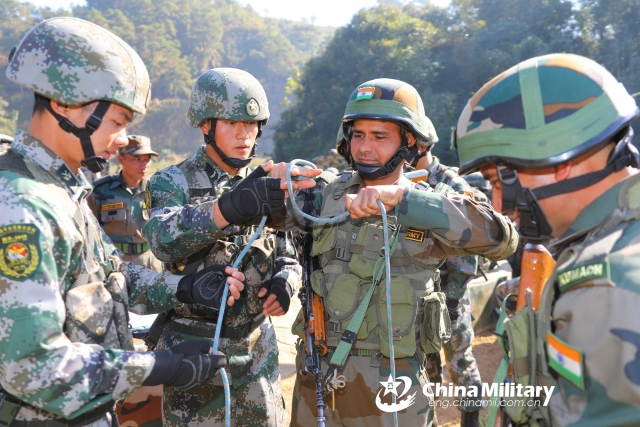
Meanwhile, the Chinese Foreign Ministry said that the overall situation in the China-India border area is stable and under control, and the two countries are capable of resolving border issues through dialogue and negotiations, the Chinese Foreign Ministry said, following reports claiming China had moved 5,000 troops to the China-India border area.
Chinese Foreign Ministry spokesperson Zhao Lijian said at Wednesday's media briefing that China and India have a sound border related mechanism and communication channels.
Zhao said that China's position on the border issue has been consistent and clear. China has been earnestly implementing the important consensus reached by the leaders of the two countries, strictly abiding by the relevant agreements, and is committed to safeguarding national security and peace and stability in the China-India border area.
